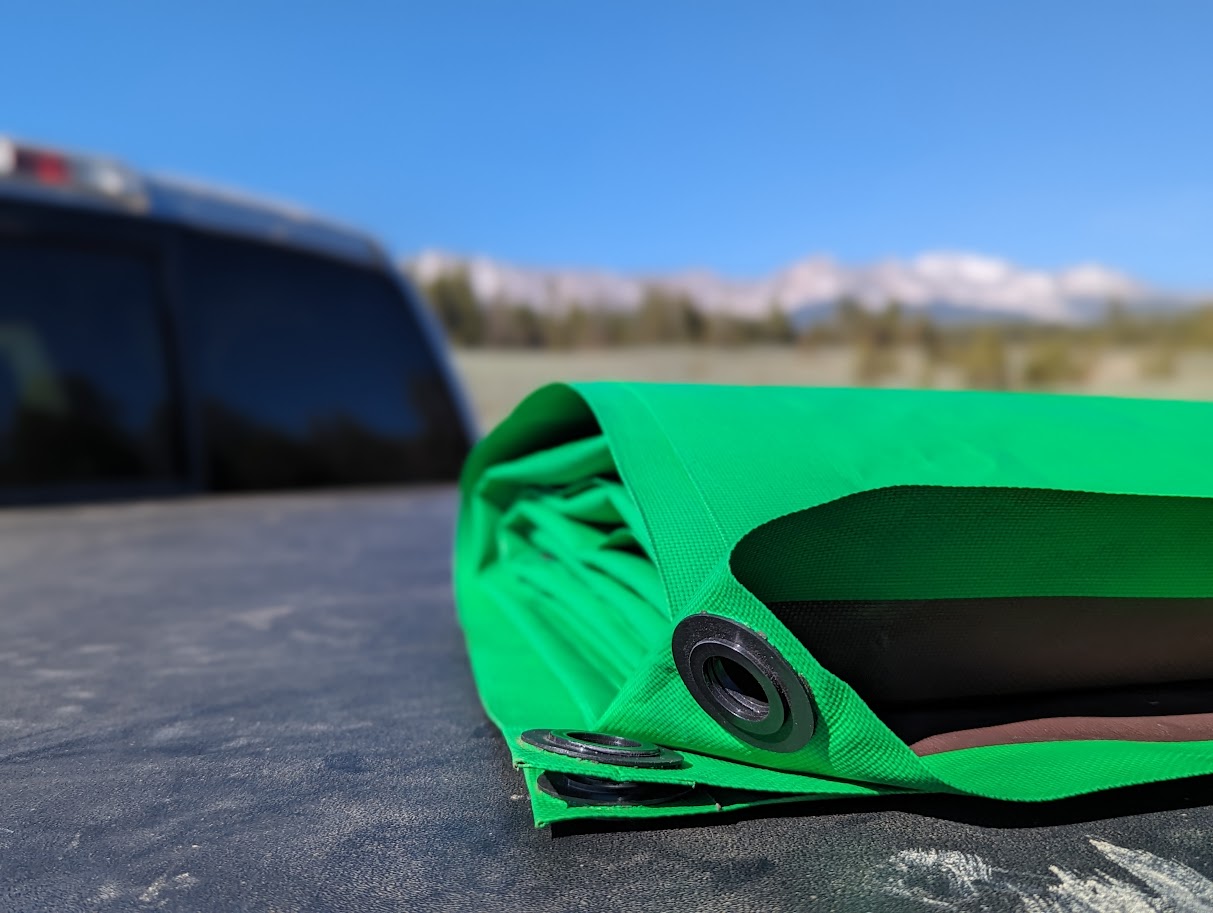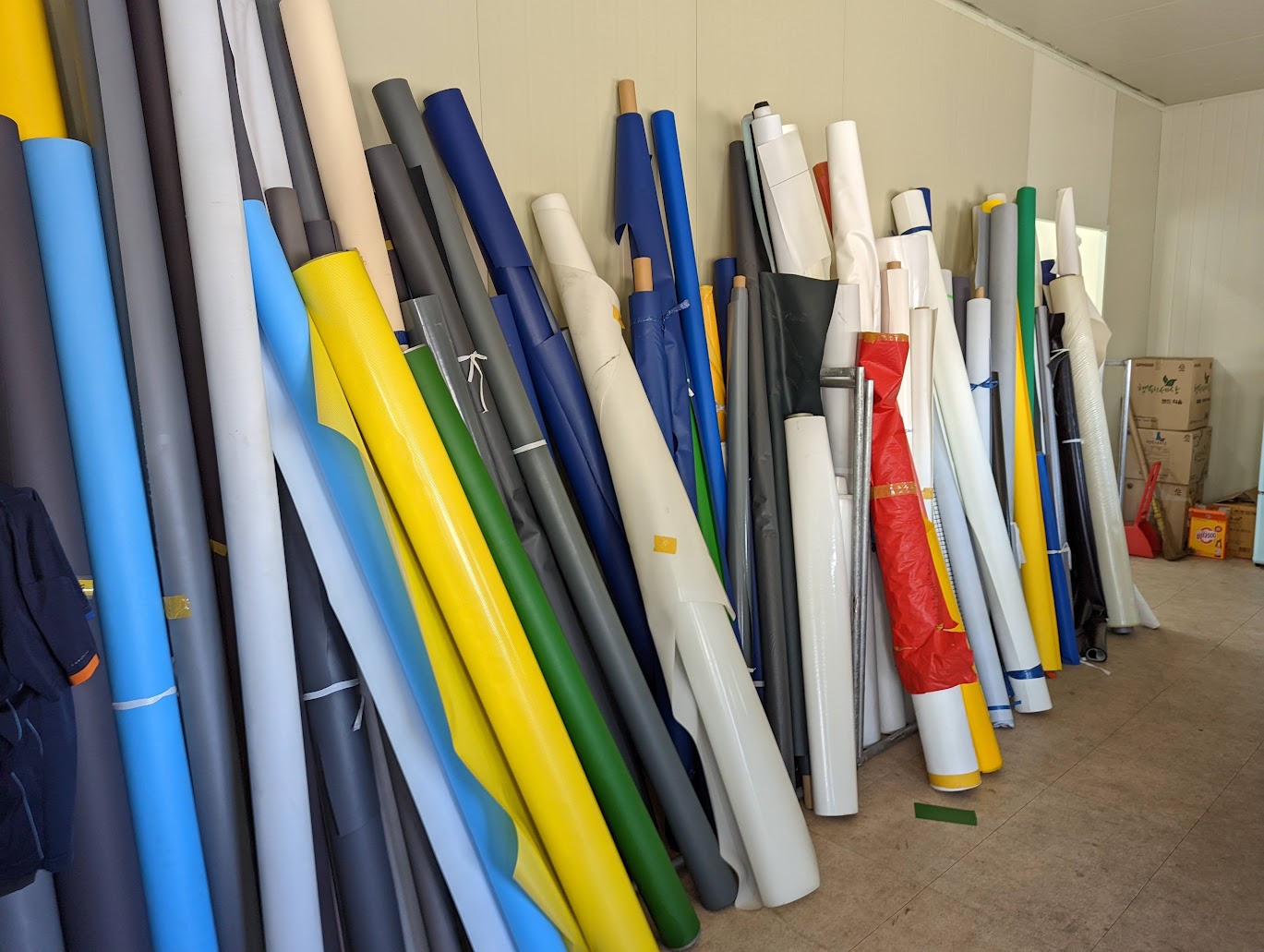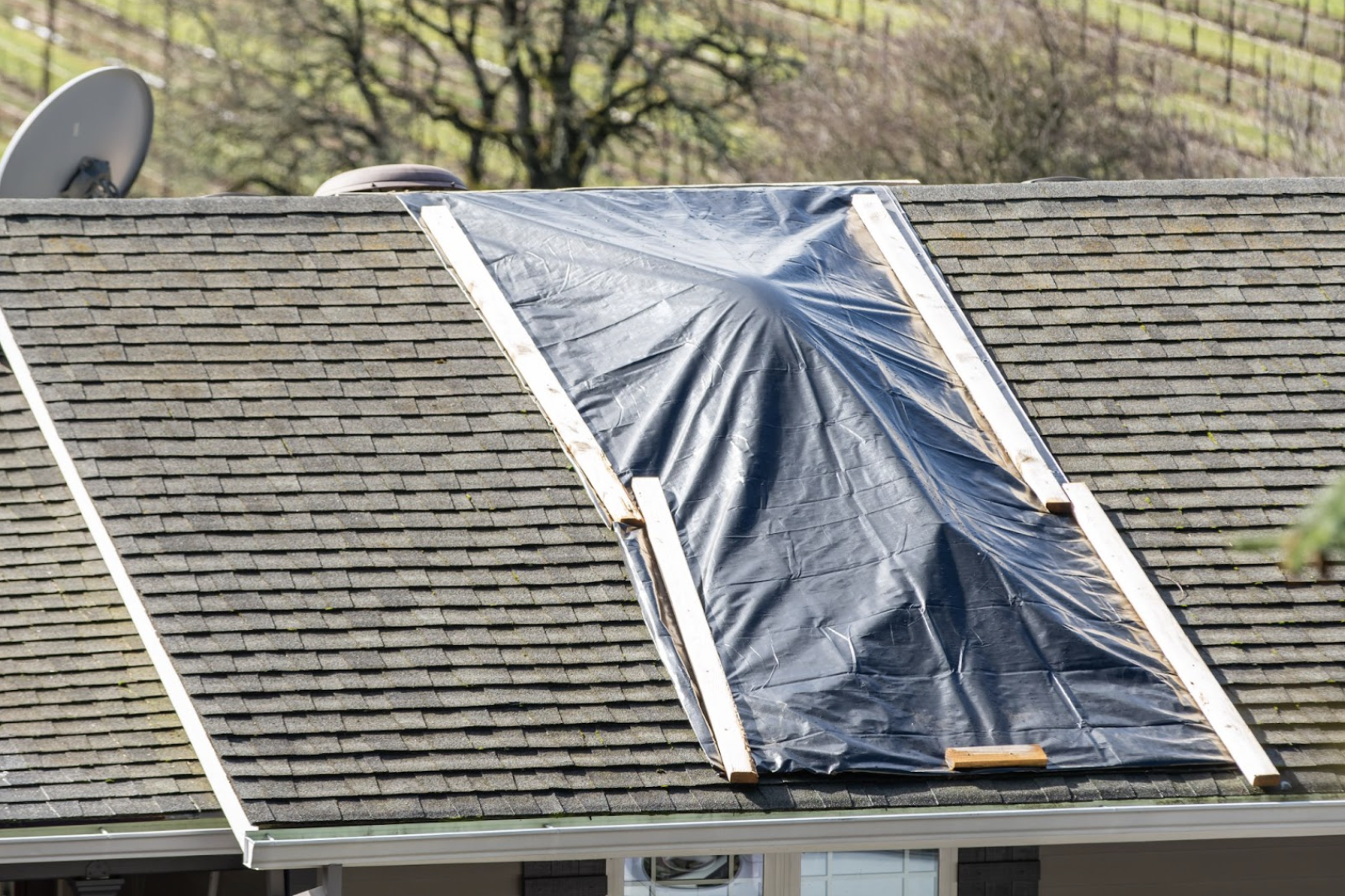
Roofs are built to protect, but even the best can take a beating from:
- Time
- Storms
- Accidents
When disaster strikes or repairs are delayed, a reliable roof tarp becomes more than a temporary fix; it becomes your frontline defense.
Unfortunately, not all tarps are up to the task.
- Some tear at the first gust of wind.
- Others leak when exposed to rain for more than a few hours.
- Worse yet, some tarps degrade quickly under the sun, leaving you scrambling for a replacement when you can least afford the downtime.
That’s where high-quality roof tarps make all the difference. The right tarp should stay secure, cover fully, and hold up in wet conditions without fail. Whether you’re managing a leaky roof, protecting construction materials, or securing your building through seasonal storms, the goal is simple: protect your property and maintain peace of mind.
Let’s take a closer look at what sets the best roof tarps apart, and how to choose one that won’t let you down.
Why Do Roof Tarps Matter? And What Happens If You Don’t Have the Right Kind?
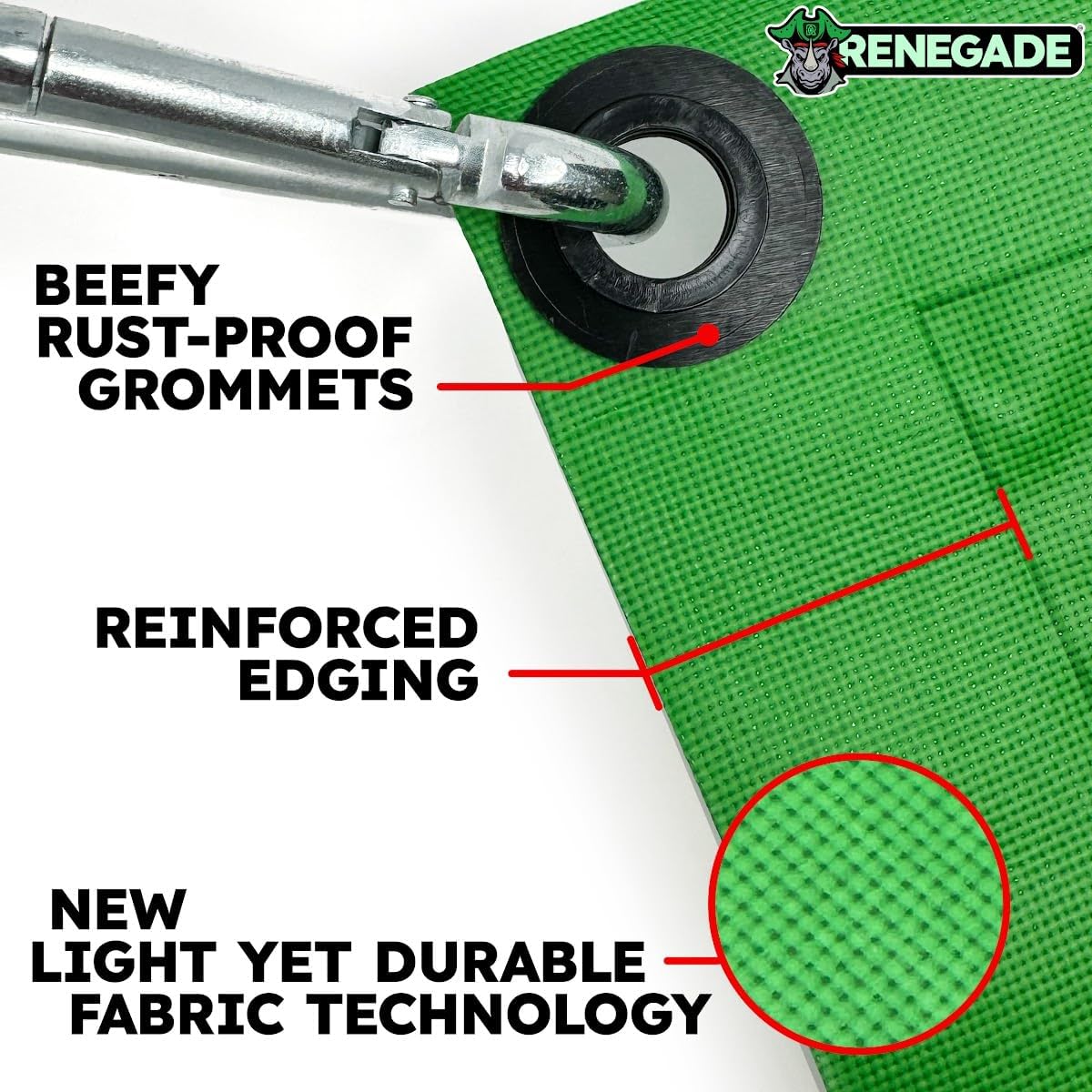
When your roof is compromised, everything beneath it is suddenly at risk: furniture, flooring, wiring, even the structural integrity of your home or building. A quality roof tarp is your first line of defense against rain, wind, debris, and the elements that can turn a minor issue into major damage.
But sadly not all roof tarps are created equal.
- Using the wrong one can lead to sagging fabric, water intrusion, or worse: complete failure during a storm.
- Tarps that don’t fit snug, lack proper grommet placement, or degrade in UV exposure often provide a false sense of security.
- And when a leaky roof meets heavy rain, time is of the essence.
Without a secure, weather-resistant tarp, you’re gambling with the cost of permanent repairs. Mold and mildew can spread quickly in wet conditions, and even a short delay in coverage can leave you with thousands in water damage.
Plus, poorly made tarps can tear, flutter, or come loose in wind, leaving the problem fully exposed to debris and the elements once again.
That’s why having the right roof tarp:
- one built for strength
- designed to protect
- tested for the rigors of real weather
…can mean the difference between a quick fix and a costly restoration project.
Want a Superior Roof Tarp? Look for These 5 Telltale Signs
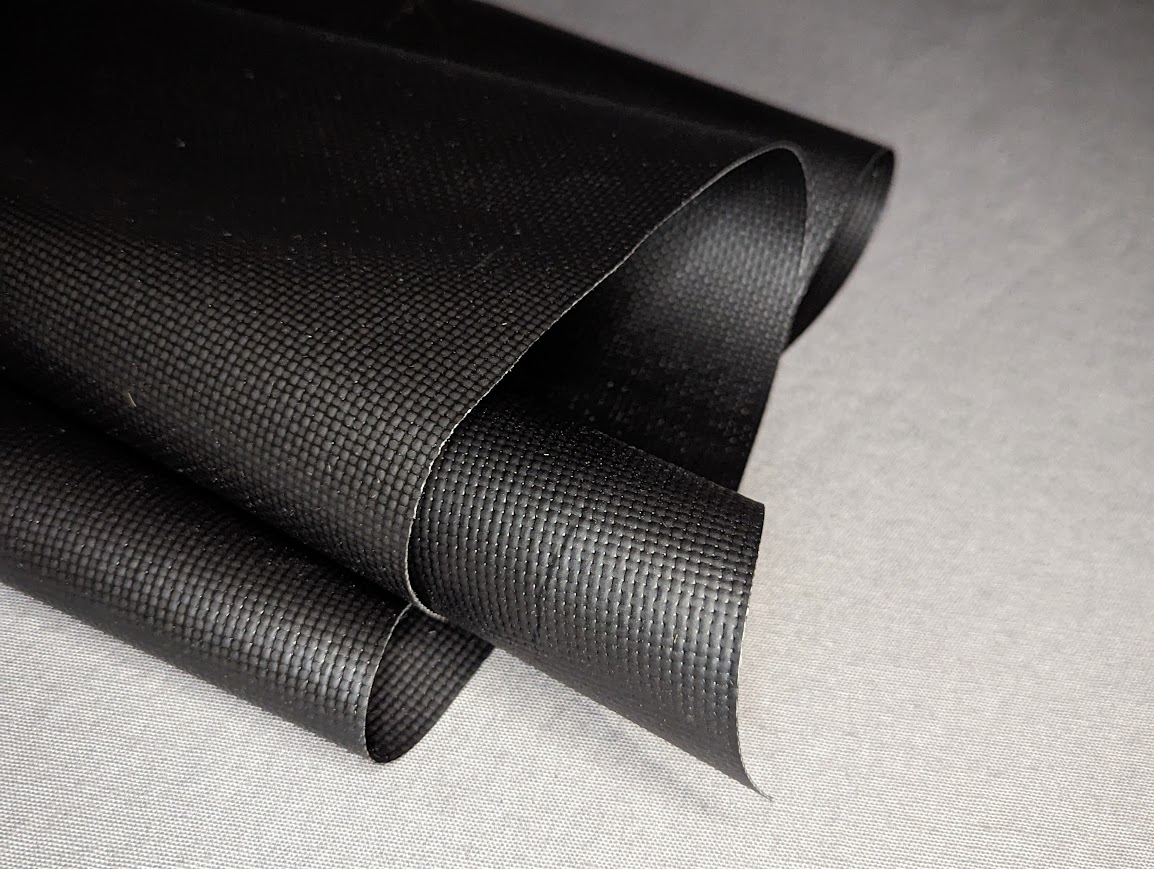
Not every cover is built to hold up against pounding rain, heavy winds, or relentless UV rays. Before you commit to a product that might let you down when you need it most, look for these five signs that separate top-tier protection from the rest:
- Superior durability
High-strength materials should resist rips, tears, and abrasion, even under constant stress. A flimsy sheet won’t cut it when you’re covering a damaged roof or sealing off a construction project in bad weather. - UV stability
Extended exposure to sunlight can degrade cheap poly covers quickly. Look for one that’s UV stabilized to handle direct sunlight without breaking down or becoming brittle. - Secure grommets
A strong hold is everything during a storm. Reinforced grommets that won’t rust or tear out make tie-downs more reliable and ensure the entire cover stays in place, even when wind is a factor. - Easy deployment
Lightweight doesn’t have to mean flimsy. The best solutions balance strength with manageable weight, making it easier to install securely without extra equipment or manpower. - Reuse for many years
A premium roof cover should last through more than one emergency. Look for options that offer long-term value, with materials that can be folded, stored, and reused across multiple seasons.
Top 7 Roof Tarps for Better Coverage & Fewer Regrets
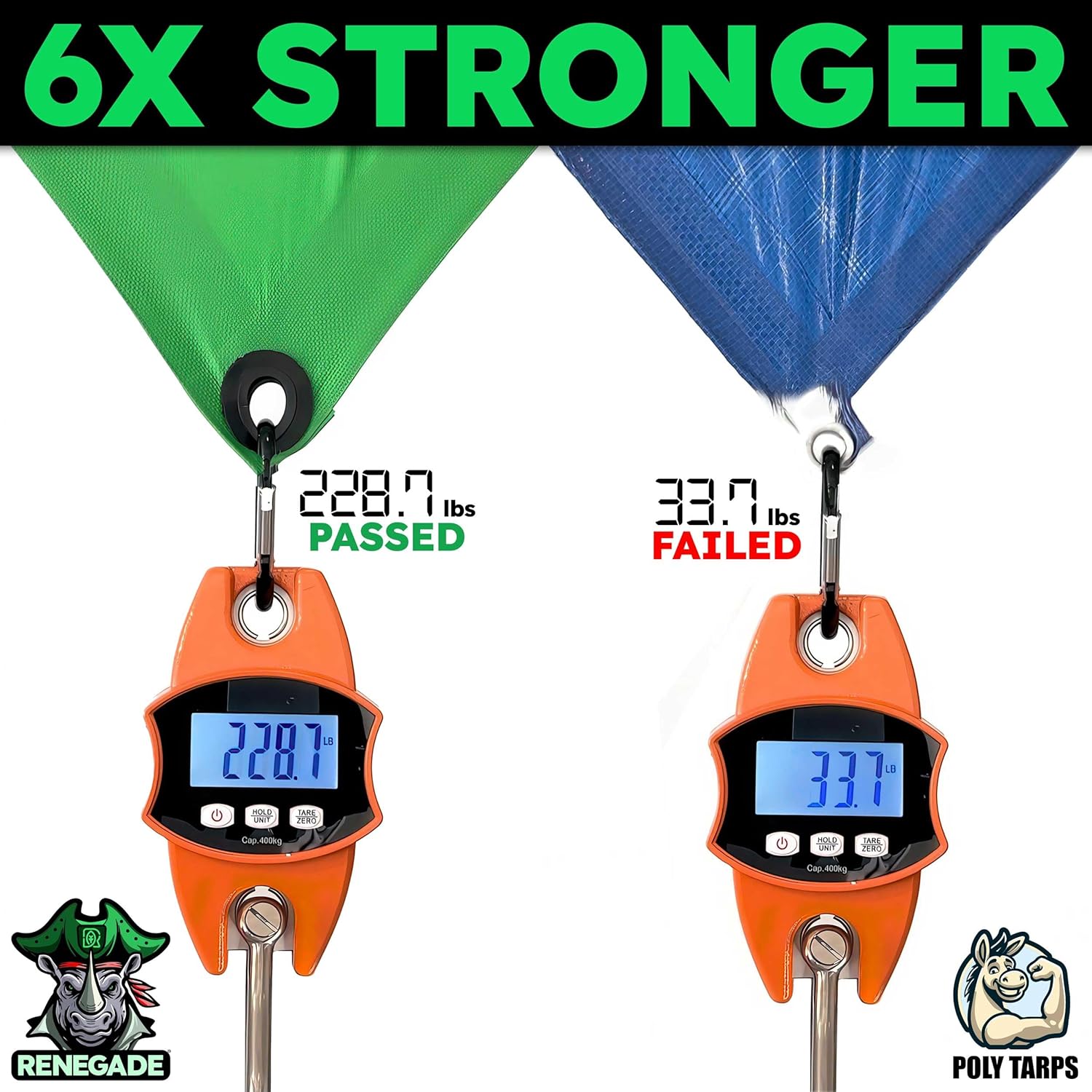
Whether you’re patching a leaky roof or shielding a work area from sudden weather changes, the right cover size can make all the difference. Renegade offers a range of contractor-grade options to suit projects large and small. Each one is built with strong materials, designed to last through multiple jobs, and made to secure tightly even in tough conditions.
Here are the seven most popular roof tarp sizes for dependable protection:
- 8′ x 6′ Contractor Grade Tarp
Great for covering small repairs, skylights, or rooftop vents. It’s compact but still built with reinforced edges and secure grommets. - 10′ x 8′ Contractor Grade Tarp
Ideal for residential emergencies, this size provides enough coverage for most common leak-prone areas without being difficult to manage solo. - 12′ x 9′ Contractor Grade Tarp
Slightly larger, this option is perfect for blocking out rain and debris on mid-sized rooftops or unfinished roofing sections during a job. - 10′ x 10′ Contractor Grade Tarp
With square dimensions, this format works well for general-purpose sheltering, whether you’re covering roof sections or using it as a temporary awning. - 20′ x 12′ Contractor Grade Tarp
This size covers a wider surface area, helping protect against falling debris, weather exposure, and long-term sunlight. - 44’ x 22’ Contractor Grade Tarp
Recommended for commercial roofing or large construction sites. Provides extended coverage that holds up under demanding conditions. - 60’ x 40’ Contractor Grade Tarp
Our largest and most robust size. Suitable for multi-unit buildings, warehouses, or industrial projects where full roof coverage is non-negotiable.
Each of these options is easy to fold and store between uses and engineered to deliver lasting performance across multiple weather conditions.
5 Roofing Challenges Where You Need Versatile & Effective Protection
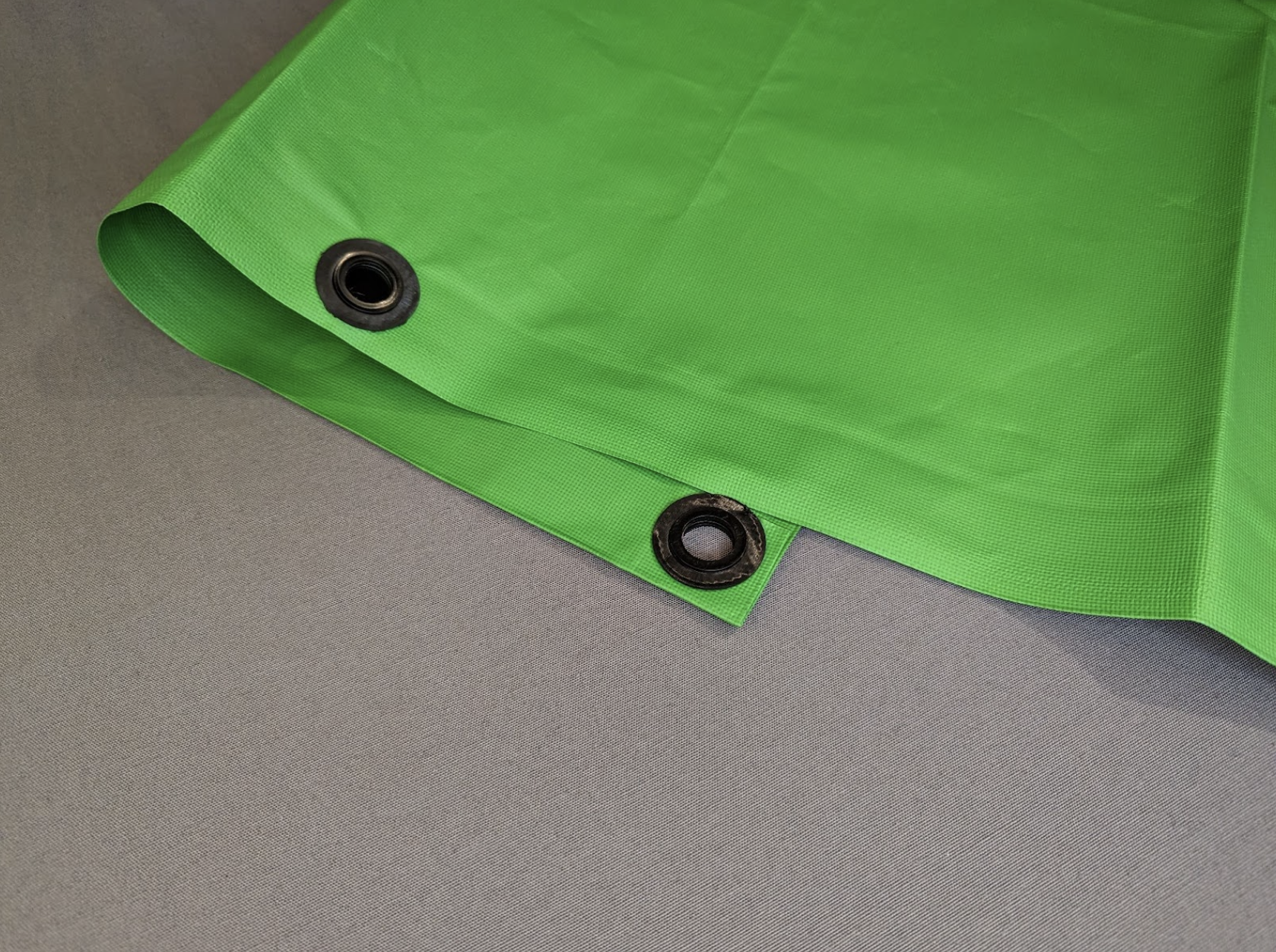
Not all jobs happen under perfect skies or predictable schedules. That’s why a reliable cover is not only helpful, but essential. From emergency repairs to long-haul renovations, here are five scenarios where having a quality roof tarp can save you time, money, and peace of mind:
- Emergency leak coverage
Whether from sudden wind damage or a fallen tree limb, a torn or leaking roof can lead to expensive water damage. A dependable tarp helps buy time until permanent repairs can be made. - Storm preparation
Before a major storm hits, a properly tied-down cover can help reinforce vulnerable areas and reduce the risk of interior flooding or structural degradation. - Construction projects
During new builds or roof replacements, weather delays are common. Protecting exposed decking and underlayment from moisture intrusion keeps timelines on track and avoids rework. - Seasonal maintenance
Even regular upkeep jobs need reliable shielding. Whether you’re clearing gutters or replacing flashing, having a lightweight, easy-to-deploy option can streamline maintenance and reduce cleanup. - Hail damage
Roofing materials take a beating during hailstorms. Using a sturdy, puncture-resistant tarp after a storm can prevent further deterioration while you arrange for an inspection or insurance claim.
6 Roof Tarp FAQs to Help You Make a Smarter Purchase
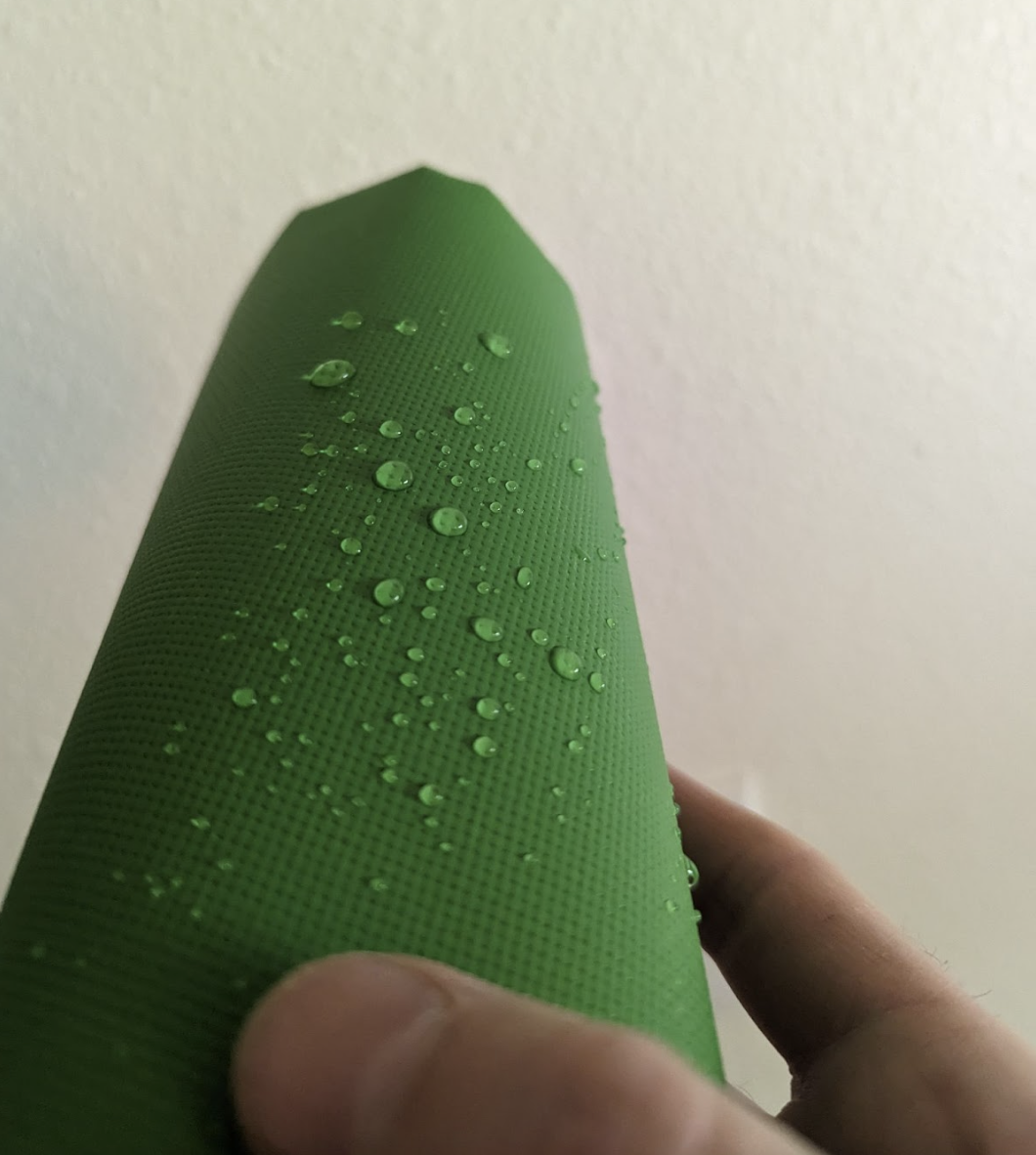
Whether you’re bracing for severe weather or tackling a major roof repair, the six questions below address the most common concerns buyers have when selecting the right tarp for the job.
1. Are all tarps labeled “waterproof” actually waterproof?
Not quite. Many products on the market claim to be waterproof but are only water-resistant. Renegade tarps are engineered with a complete barrier that prevents water from penetrating, even in heavy rain. They provide superior roof leak protection you can count on.
2. Can this type of tarp stay in place during high winds?
Yes. Each product includes sturdy, reinforced grommets that improve tie-down strength and reduce the chance of blow-offs. Combined with a proper installation, our materials can withstand serious gusts, helping you stay protected when storm damage strikes.
3. Is this something I can use for temporary roof repair?
Absolutely. Our tarps are a great option for emergency fixes. Whether you’re managing hail impacts or sealing up a compromised area before a full replacement, they provide a tough, reliable roof seal that buys you time without compromising quality.
4. What sizes work best for covering wide or uneven sections?
Larger tarps like the 44’ x 22’ or 60’ x 40’ provide flexibility for sprawling rooftops or irregular surfaces. With more coverage, you minimize seams and overlaps, which also means fewer areas susceptible to leaks or roofing tarp failure.
5. Can I reuse the tarp after this job is complete?
Yes. Unlike cheap alternatives, Renegade products are made to last. You can fold and store them for the next project or seasonal storm. Their heavy duty roof construction ensures multiple cycles of use without significant wear.
6. Are these tarps compatible with roof anchor systems?
They are. Thanks to their tear-resistant structure and reinforced edge design, our tarps can be integrated into most professional tie-down setups, including adjustable anchors and tensioning systems. That’s especially helpful during roof replacement projects where safety and coverage are equally critical.
A Better Way to Defend Your Building: Renegade’s Roof Tarps Provide Unmatched Protection
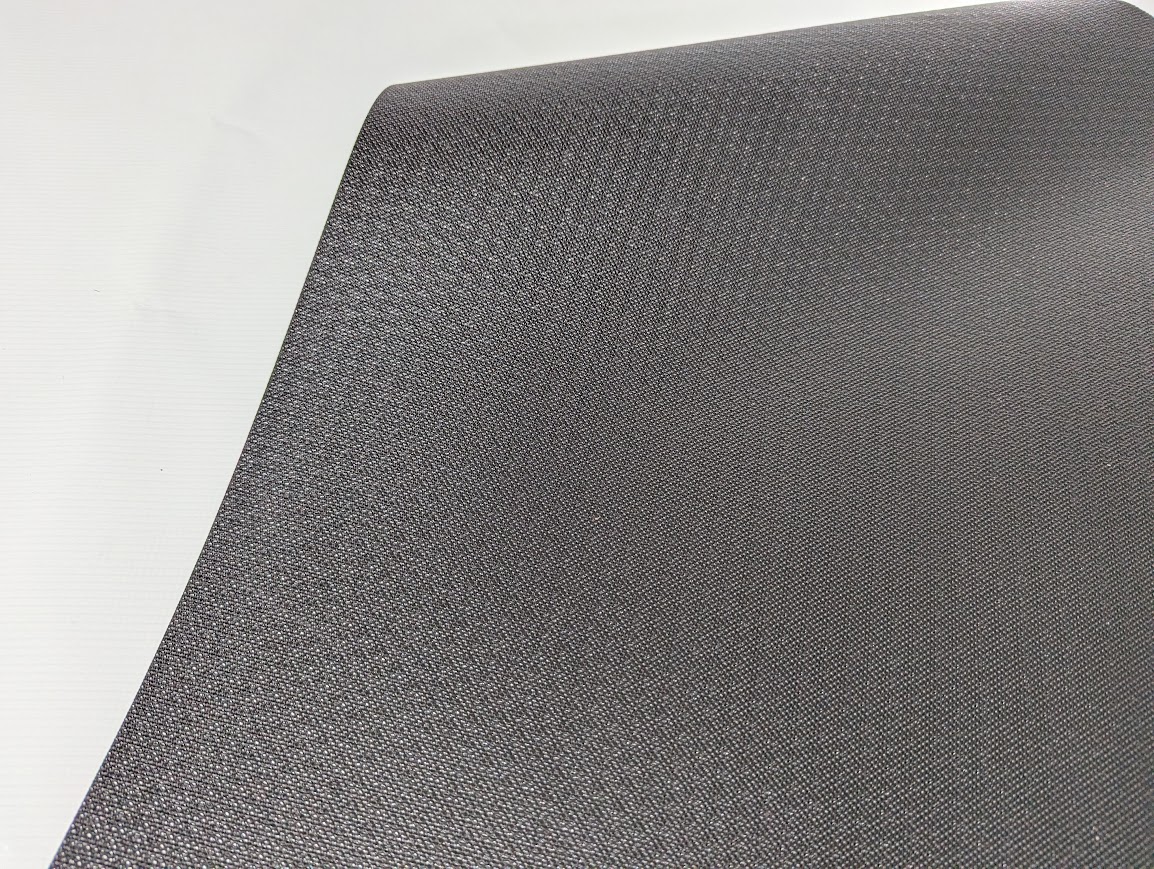
Every storm, every leak, and every exposed rooftop has the potential to set off a chain of preventable damage. One small error in material choice can lead to expensive repairs, insurance headaches, and unnecessary downtime.
That’s why choosing the right roof tarp isn’t just a purchase: it’s a protection strategy.
Renegade’s contractor-grade covers are built for professionals but accessible to everyone. Whether you’re tarping a steep slope ahead of a storm or managing a mid-project pause during a roof replacement, you’ll get unmatched coverage that’s tough, reliable, and easier to deploy.
Our team is here to make sure you get the right fit the first time. If for any reason you need to return a product, we’ll help resolve the case quickly and efficiently. Our goal is not just to sell a product but to deliver a result that keeps you moving forward with confidence.
- You can buy a standard size tarp here or…
- Get in touch today to talk size, project needs, or lead times; and access the kind of dependable coverage that stands up to whatever’s overhead.
Here’s to smarter protection, one rooftop at a time.
Disclaimer:
The information provided in this article is based on Renegade Plastics’ experience and general best practices for roof tarping. It is intended for informational purposes only and should not be considered professional advice. Every roofing situation is unique, and we strongly recommend consulting with a licensed local roofing contractor to assess your specific needs and to perform any necessary work safely and effectively.
Interested in Our Fabrics?
Contact Us
